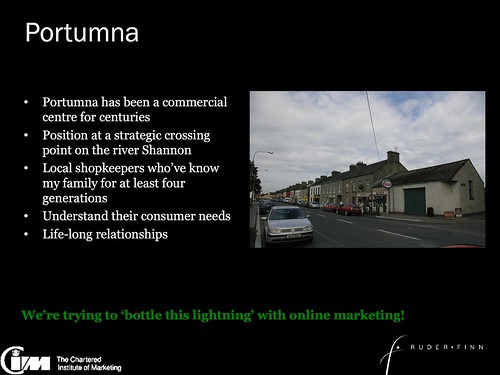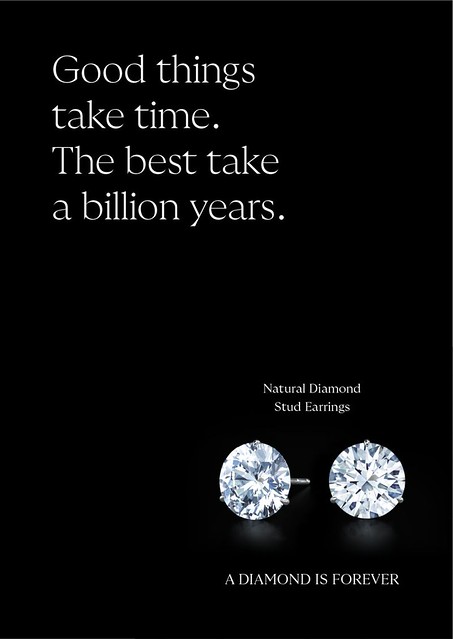October 2023 newsletter introduction
As I write the October 2023 newsletter. it’s getting noticeably darker outside earlier, but the sunrises reward us with a wider variation of colours. And we all have Halloween to look forward to. This is the third issue and I am still finding my way writing these things. I hope that the third time’s a charm, but I will let you be the judge of that. You can read the earlier ones here.
I looked into where the phrase ‘third time’s a charm’ came from. Apparently it comes from Old English Law, if a prisoner survived three attempts at hanging and survived, they would be set free.
You can find my regular writings here and more about me here. Let’s get it started!
Things I’ve written.
- Climate despair – how NGOs and companies are failing young people in the way they talk about climate change and what they can do to change their communications to increase active participation in reducing the degree of climate change.
- Technopolarity – how technology is subverting the power structures of elected governments and instead empowering the likes of Elon Musk.
- Clustomers – how Intuit MailChimp’s ad campaign, whilst clever, might reinforce C-suite misconceptions around marketing and advertising
Books that I have read.
- These 38 Reading Rules Changed My Life – RyanHoliday.net – whilst its not a book, it does contain great advice for readers
- Tiny Habits by BJ Fogg. Fogg’s simple model for understanding individual behaviours has helped drive everything from health campaigns to online services. Tiny Habits how consumers and businesses can help foster behavioural change, one tiny habit at a time. More on my review of the book here.
- The long awaited Mick Herron book The Secret Hours did not disappoint. It’s from the Slow Horses universe, but not a Slough House story per se. More than a nod to Boris Johnson’s stint as foreign secretary and prime minister. I will leave it at that rather than give you plot spoilers.
- China A History by John Keay. Keay’s book was recommended to me by a number of people. In 535 pages he attempts the impossible in terms of covering China’s history as a civilisation through the start of Xi Jinping’s first administration. It’s a dense read – it’s well written, covering the complexity of history well. The current communist government is barely a footnote (ok exaggerating a bit here), but it puts things in perspective.
- Spain A History edited by Raymond Carr. The book highlights the notable trends, intellectual and social, of each particular era in its history. Roman rule created the notion of ‘Spain’ as a distinct entity. The chapters on the Visigoth monarchy, Moorish Spain, the establishment, an empire, the eighteenth-century Enlightenment, all chart the cultural, political and economic arc of Spain. It then goes on to explore 19th century liberalism and the pivot during much of the 20th century towards authoritarian rule, followed by a return to democracy and onwards up to the 21st century. My favourite chapter was about the Visigoths, which was a period I didn’t know much about prior to reading this book – the author did a particularly good job of bringing the Visigoths to life on page.
Things I have been inspired by.
Halloween. I have been looking forward to the holiday for at least a month. Growing up in an Irish household with rural origins, I had an appreciation of the changing seasons and loved the traditions around Halloween, especially tales of the fairy forts and the banshee. It’s also a big money earner, in the advertising world allowing for interesting tactical executions that couldn’t otherwise be attempted. Outside advertising, ignoring increased food sales, a third of consumers will spend 51 – 100 USD on putting together their own costume, or buying one off the rack. The most hardcore 10% of those surveyed admitted to spending 250+ USD.
I was not into costumes, instead I look forward to the most is my Mum’s barmbrack. For the first time in a few years my Mum baked a few barmbracks and sent one of them to me. It’s a Halloween tradition. The barmbrack itself is a spicy fruited bread with a texture somewhere between brioche and and a pan loaf. Traditionally, the brack would contain a ring or trinket, which would turn up in a random slice.
When I was small, commercial bakeries still used to have a an aluminium ring that looked like it was from a cheap Christmas cracker contained wrapped in greaseproof paper baked into the brack.
Downloadable recipe PDF here (Dropbox) or here (Google Drive) if you fancy baking your own over the weekend.
While we’re on the subject of food, Hope & Glory’s collaboration between Lick paint and Heinz ketchup for a ketchup shade of wall paint creates talkability, though I wouldn’t be buying it for my own home.
Buoyant Bob – I am stil not sure if Buoyant Bob is a social object, a brand, both or something else. Buoyant Bob was a successful entry into the US cannabis marketplace. The brief in the campaign was to work around restrictions in cannabis advertising and show it as the most fun brand in the space.
Buoyant Bob was released as a single: retail takeovers, vinyl records at dispensaries, and fans sharing Instagram Stories using “The Man Who Got So High” all followed.
OnlyWatch – an auction in Geneva in aid of research Duchenne Muscular Dystrophy features one-off luxury watches from all of the major Swiss timepiece houses. Some of the entries are unique colour ways but Bulgari went the extra mile with their Octo Finissimo Tourbillon Marble. Their watches are already well known for being some of the thinnest timepieces available. A tourbillion is a demonstration of the watchmakers art. The one in this watch is just under 2mm thick – that’s just over double the thickness of a credit card for a moving mechanical assembly. And then they managed to cover the entire titanium case and strap of the watch in marble and make a marble dial – without making the watch any bulkier than its usual ridiculously slim case. It’s not something I would wear even if I could afford it, but I am in awe of the ingenuity.
Finally Dentsu Health published a great must-read byline on how media and entertainment can aid health equality. More here.
Things I have watched.
I got to see The Boy and The Heron early at the BFI London Film Festival. You won’t get any plot spoilers from me here. Official release is December 26 in the UK, December 8 in Hong Kong. It’s Studio Ghibli, what else do you need to know?
General Magic – a great documentary about a Silicon Valley start-up of the same name.. Back in the early 1990s General Magic was as visionary as Apple and as hyped as WeWork. If you’ve ever worked with a start-up or care about technology give it a watch. More on my thoughts here.
The Pentagon Papers – Despite this being a made-for-TV film, James Spader does a great job of playing Daniel Ellsberg; the RAND researcher to gave the materials to the media. In terms of pacing acting and storytelling, I would put this on a par with Robert Redford and Dustin Hoffman’s film adaptation of All The President’s Men.
Tampopo is a beautifully shot Japanese film with comedic moments that tells the story of a widow, her son and their ramen shop. More on what I thought of here.
A relatively modern Halloween tradition in the Carroll family has been watching It’s The Great Pumpkin, Charlie Brown – recommended for young and old alike. While my Dad and I usually end up watching The Crow later on. If you want more classic horror, then you could do worse than watching the livestream by the Creature Features show.
Useful tools
ITV Adlabs and Magic Numbers recovery budget planner
Pretty much essential to look at if you have responsibility for UK media spend at a brand. This allows you to examine various scenarios and see likely outcomes based on media spend. More here.
Google bundles generative AI and LLM with search
I downloaded Chrome especially to try this out, it looks a bit more mature than Bing’s initial integration of ChatGPT. Go here to give it a try if you’re a Chrome browser user.
Post-It Z-Notes
You’re workshopping something with clients or thinking something through on your own – Post-It notes are key. The own brand ones can vary from really good to useless, so spend a bit more and get proper Post-It notes. In fact, I’d advise that you go one step further and get Post-It Z-Notes. The notes alternate sides in terms of where the ‘sticky end’ is and if you lift them from the pad you get a ‘Z’ before they peel away. They come away effortlessly and work brilliantly if you have them in a desk holder.
Foldable wireless keyboard
At the start of my career, I used to have a Palm PDA ( personal digital assistant – think a smartphone, without the phone and communications bit). I also had a long commute to Luton on a daily basis. I got a lot of reading and writing done thanks to a ‘Stowaway’ foldable keyboard made by a company called Think Outside. The company no longer exists, but the desire to be able to turn my iPhone into a simple writing tool lives on. Recently, I have been using this foldable Bluetooth keyboard. It folds up, can be used on a train seat table or even an economy class aircraft seat and recharges easily. The keyboard isn’t the usual rubbery mess that you tend to get in a lot of these devices. It’s one fault so far is that it feels flimsy, but I have already got my money’s worth out of it in just a few months. I fire up the iPhone’s notes app and get to work. I can then edit and refine once I have a bit more time on my Mac at a more convenient time.
The sales pitch.
Now taking bookings for strategic engagements or discussions on permanent roles. Contact me here.
The End.
Ok this is the end of my October 2023 newsletter, I hope to see you all back here again in a month. DON’T FORGET TO PUT YOUR CLOCKS BACK BEFORE YOU GO TO BED ON SATURDAY. Let me know what you think or if you have any recommendations to be featured in forthcoming issues.







